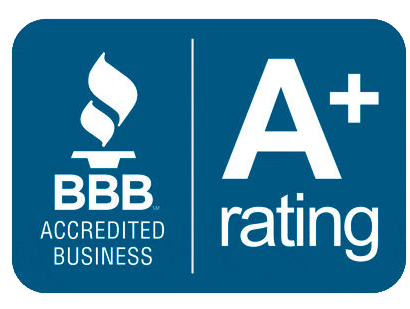What are evacuation chairs and why do you need one?
What is an evac Chair?
Evacuation chairs are specialized devices designed to safely transport individuals with mobility limitations and challenges, particularly those who have difficulty using stairs, during emergency situations. Evac chairs are equipped with features such as sturdy wheels, brakes, and a secure harness system to ensure the passenger's stability and safe transport while being moved down stairs. Some even include a battery powered track system to easily go up and down stairs.
Evacuation chairs play a crucial role in buildings where traditional evacuation methods may be impractical for individuals with disabilities or mobility limitations. Typically found in public spaces, healthcare facilities, and multi-story buildings, evac chairs provide a reliable means of evacuation, allowing trained personnel or even bystanders to assist individuals in safely descending stairs and reaching a place of refuge during emergencies.
Why Do You Need an Evacuation Chair for Stairs?
Evacuation chairs assist in ensuring the safety of individuals evacuating buildings with multiple floors. They offer a swift and safe evacuation method for transporting people down multiple flights of stairs. Their presence reflects a commitment to inclusivity, ensuring that all occupants, regardless of mobility levels, can be effectively evacuated. By investing in evacuation chairs, organizations and facilities demonstrate a proactive approach to emergency preparedness, contributing to a safer and more resilient environment for everyone.
Types of evacuation chairs
Standard emergency evacuaion Chairs
The Basic level of emergency evacuation chair is usually lightweight and can be operated by one person.
Powered emergency evacuation Chairs
Emergency evacuation chairs with a battery powered track system that allow transport up and down stairs, eliminate strain on those carrying the chair
Tracked Emergency Evacuation Chairs
Similar to powered chairs with one key difference, there is no battery powered motor for the track system, reducing strain on transporters.
Critical Applications where Evacuation Chairs are used
Schools & Universities
Hospitals
assisted living communities
office buildings
Condominiums & apartments
- Schools/Universities: Having evacuation chairs in schools and universities is crucial for the safety of all individuals, including those with a mobility impairment. In the event of an emergency such as a fire or earthquake, conventional evacuation methods may not be possible for everyone, but evacuation chairs provide a practical solution.
- Hospitals: Evacuation chairs would cater to patients with diverse health conditions and mobility limitations for quick and efficient evacuation should an emergency occur. The chairs would ensure the comprehensive safety of all patients, staff, and visitors during an evacuation.
- Assisted Living Communities: Evacuation chairs can not be overstated for assisted living communities. Given that assisted living facilities cater to seniors and people with diverse health needs, evacuation chairs would provide safe and secure navigation through stairs and obstacles.
- Office Buildings: Offices accommodate a diverse workforce and evacuation chairs ensure emergency preparedness and safe transport everyone regardless of mobility level. These chairs would be an essential part of workplace protocols at companies located in high rise buildings.
- Condominiums/Apartments: Apartments often house a diverse population, including elderly residents or people with disabilities, making it crucial to have equipment that caters to their needs. To offer your residents absolute enhanced safety when they’re in their homes, it’s recommended that every floor has an evacuation chair, especially for large buildings with multiple floors
Where Should you Place Evacuation Chairs?
Evacuation chairs should be strategically stored in easily accessible and well-marked locations throughout a facility. Ideal storage areas would be stairwells, near exit points, or in designated emergency evacuation zones on each floor. Storage in proximity to elevators is also crucial, as they provide an alternative means of evacuation for individuals who may have difficulty using stairs. The goal of deciding where to store these chairs is to keep them readily available in areas where they can be promptly accessed during evacuation scenarios.












